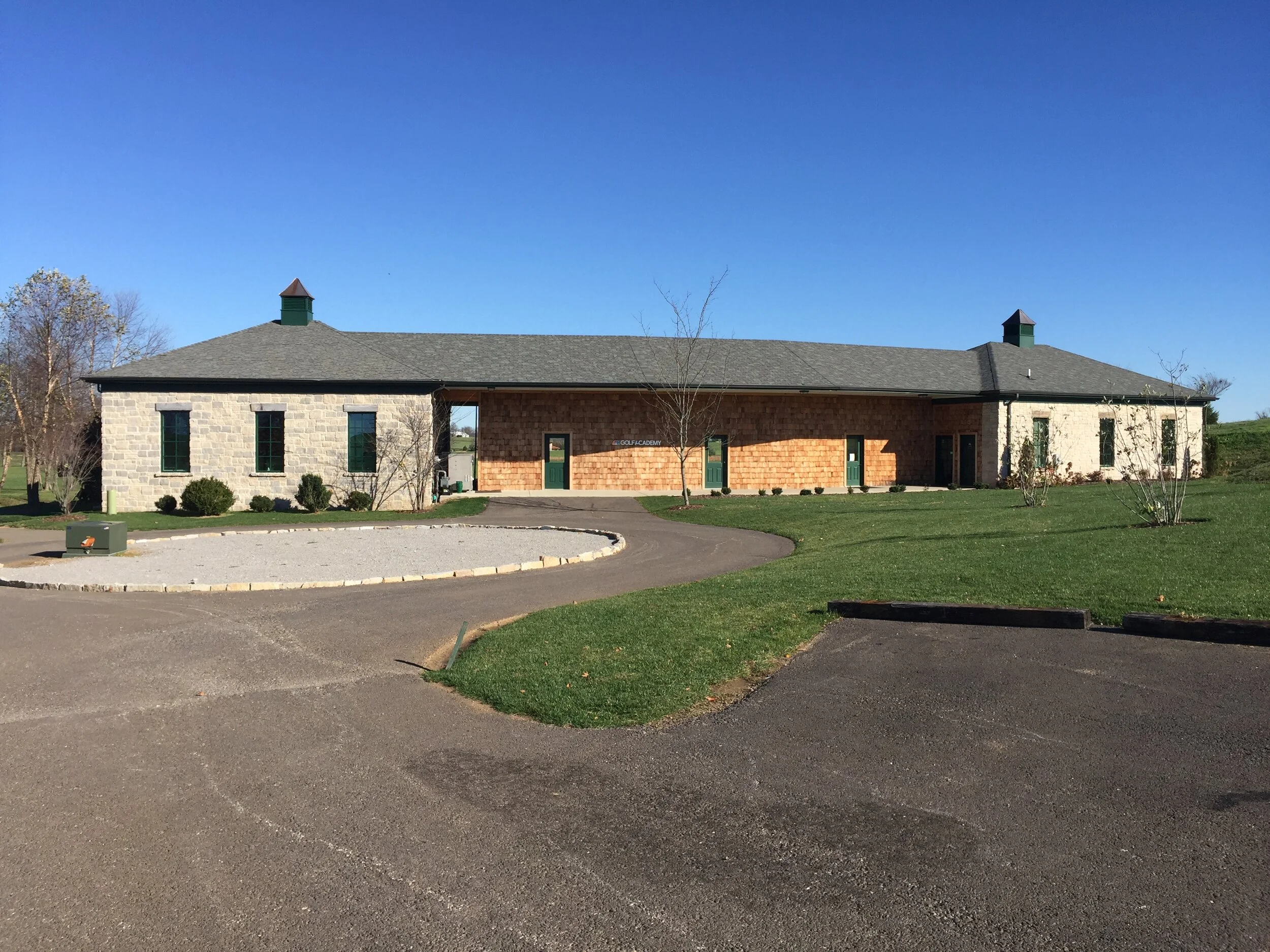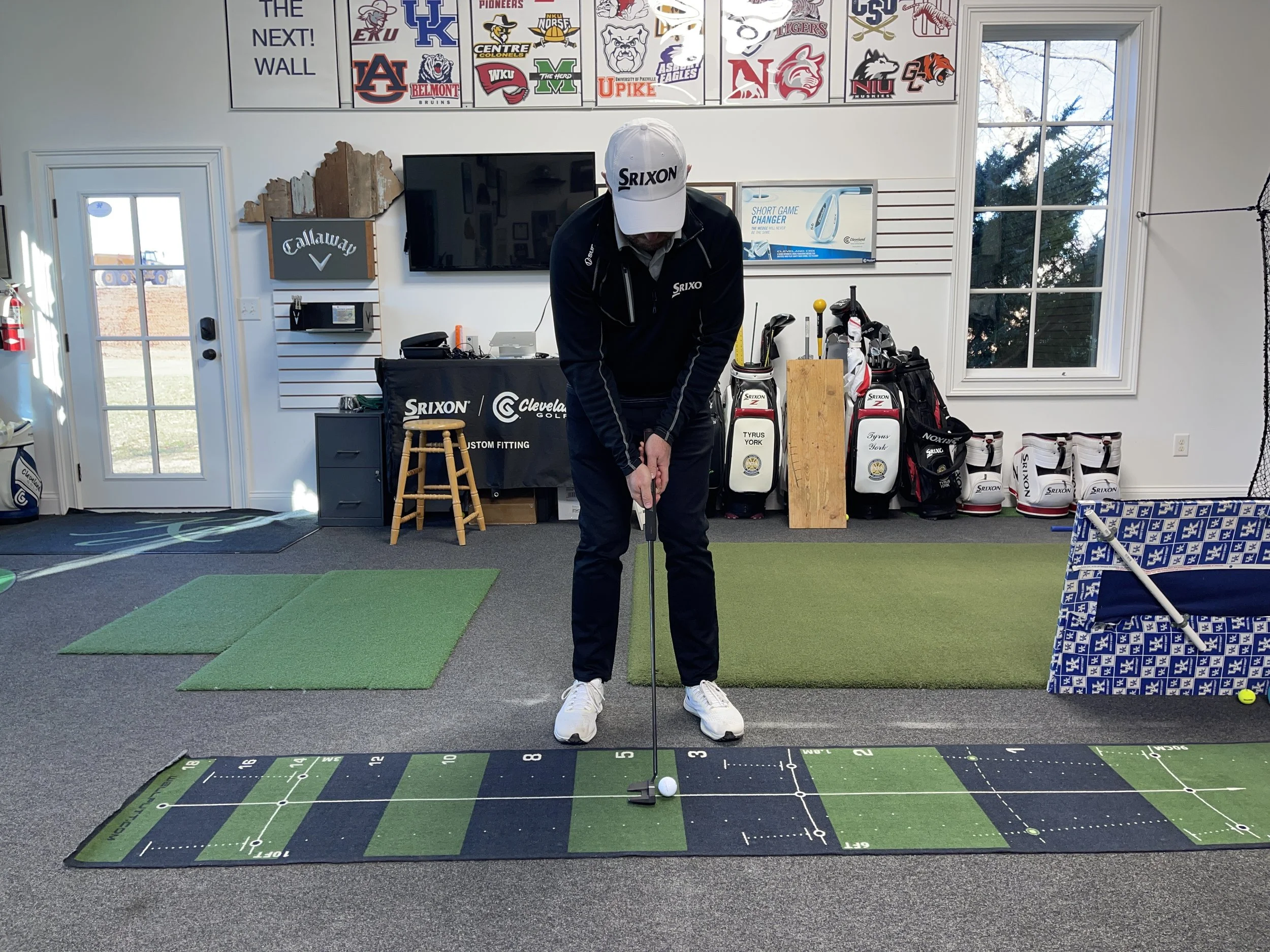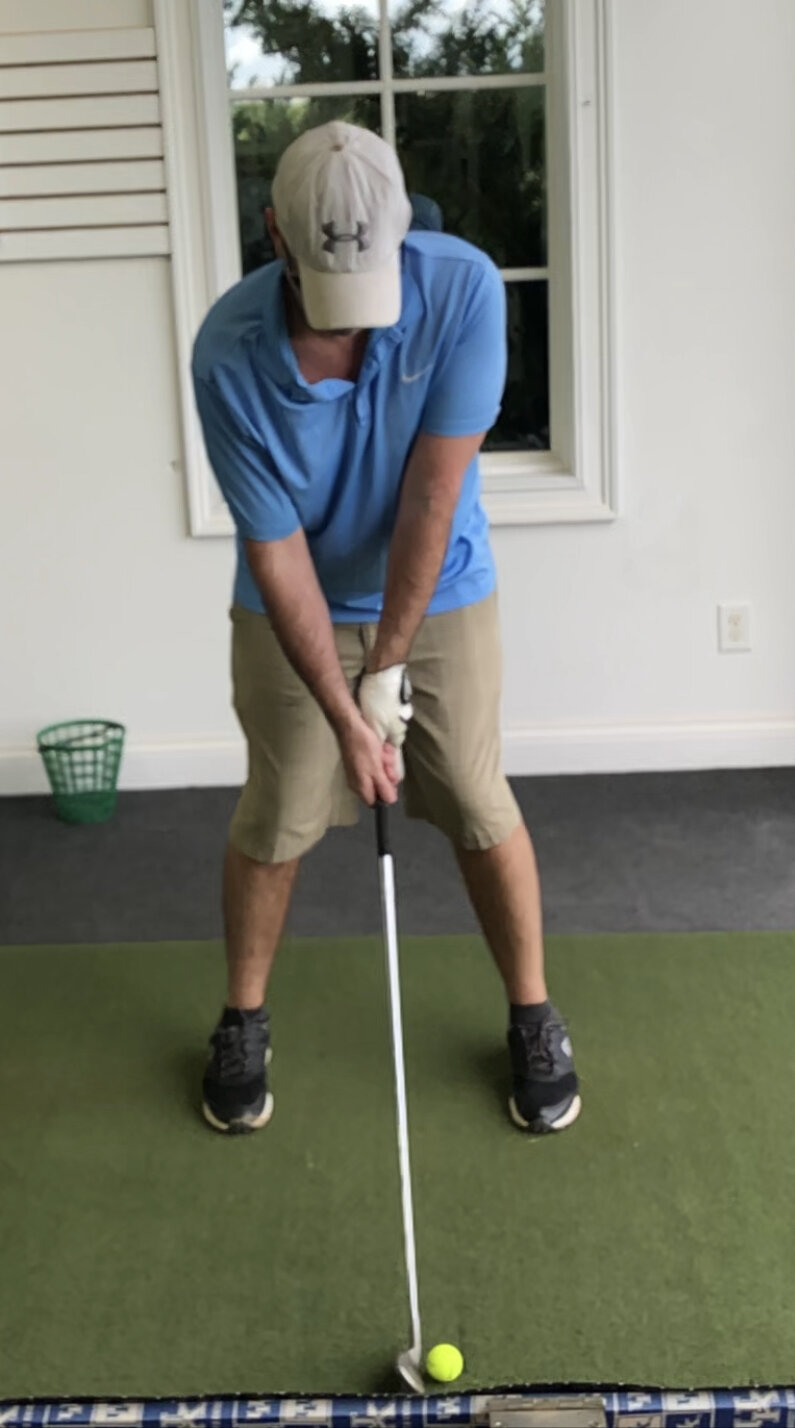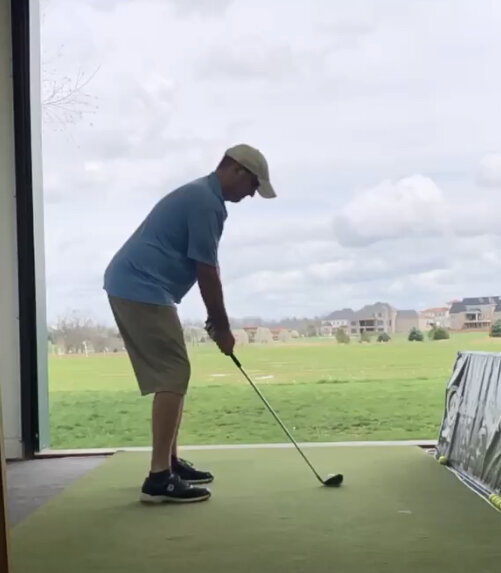What. A. Week.
And unfortunately, amid the coronavirus concerns facing our world right now, the worst may not yet be here.
As for the events that took place last week, it was something that I never imagined in a million years I would be faced to deal with as the head coach of a college golf team.
When word started going round that more and more schools and athletic departments were considering suspending their spring seasons, my initial thoughts were the same as probably many of yours… what an overreaction. I’m not here today to debate whether or not it was a good idea for the actions that have taken place to occur. What I am here for is to lay out on this page the thoughts and emotions that went through my head when it became clear that our golf season would be over.
I became the head coach of Transylvania University Women’s Golf exactly 4 years ago (like literally almost to the day). When I walked into the program there were 4 players on our roster. The previous coach had done a great job putting together a recruiting class for the next season, and my first task was to make sure they were still on board despite the coaching change.
Luckily for me they were. Fast forward one more year and a pair of transfers enter the program as sophomores and our program was off and running. Two consecutive conference championships and two top 15 NCAA finishes would follow suit, led in part by the class of 2020.
Fall 2019, their senior season, wasn’t quite as good. Finishing 2nd in the conference tournament (that inexplicably is held 7 months before the NCAA tournament and awards our conference’s automatic qualifier… ughhh… different story for a different day), there was no doubt that there was some disappointment that the team would not be going to their 3rd straight NCAA Championship.
This is where things can get dicey for an NCAA DIII school. Nearly all of these student-athletes will be moving on from golf (competitively) and pursing their academic careers in grad school. When you know that reaching the NCAA tournament is out of grasp, what is your incentive to continue playing? After all… preparing for med school (so I’m told), can be quite stressful. The time you free up to prepare by not playing or practicing golf can be very valuable.
I fully expected most if not all of my team, especially the seniors, to simply not want any part of their spring season. To my surprise, they put those doubts to bed very early. I witnessed a renewed sense of purpose. Despite winter weather, they continually made individual efforts to stay sharp over the break, setting themselves up for a solid spring.
Our first tournament occurred over spring break in Savannah, GA. Not only did the seniors show up to play, they recorded some of their best rounds of the year! It is rare for the first tournament of any spring season to be the best, but they certainly showed that the hard work and effort they put in (on their own mind you) over the winter was primed to pay off.
Instead… COVID-19 happened. Before they would even get back to campus, they were notified that their season was effectively over. Tournament after tournament on our schedule cancelled. And then the big one… the cancellation of the NCAA championship for golf, hit us like a ton of bricks.
Were we going to play in the NCAAs this season? Highly unlikely. But just the thought that if they played well they could perhaps, if not just individually, get a look at a potential at-large bid, was enough to keep them going.
The devastation of cancelling an entire season is gut wrenching. It’s something that I never once considered a possibility could ever happen during my time as a coach. But it did happen. And now we have an entire senior class that will not experience their final moments on the golf course representing their university that they have done well for the last 3-4 years.
Obviously this isn’t just a problem in golf. Every NCAA sport was just faced with the same devastating news. The NCAA is doing what it can to do right for the student-athletes by granting another season of eligibility. This is great news, however it will in no way impact our program. After all for example… delaying med school for a year just so you can have that one semester of eligibility back is simply not in the cards for any sane individual.
I don’t know what will happen the rest of the season. I know that all competitions and practices have been halted until the beginning of April. That may leave us a small window to hopefully create one last event, but those odds aren’t looking very good as we still are faced with so much uncertainty with this virus.
All I know is that it has been an honor working with and leading the class of 2020, and even though their season, and careers on the course may be over, I look forward to what their future holds. I also know and hope that when this is all over, everyone looks back and says that we did right by taking these dramatic measures. I hope that more than anything.















